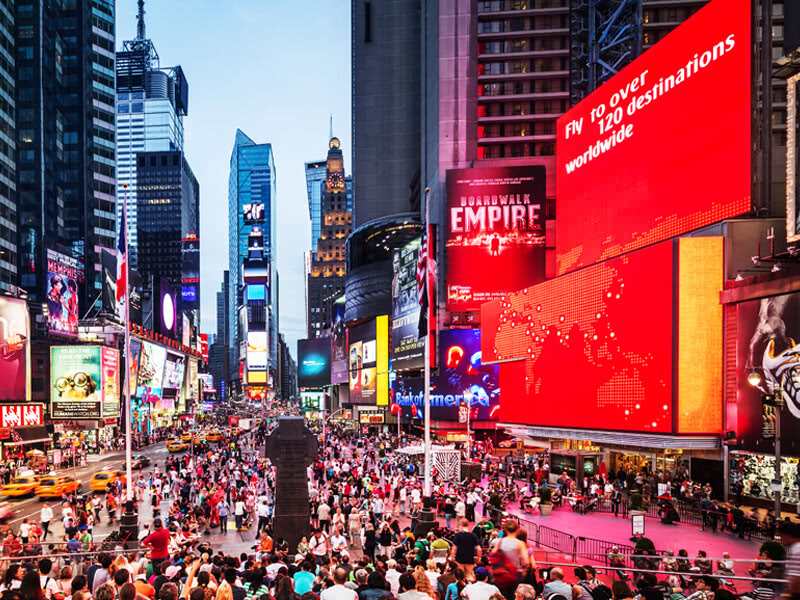The last twelve months have seen numerous exciting announcements from the likes of Facebook, Google, Microsoft, Amazon, Equinix, NextDC, EdgeConneX and others with their plans for expanding current data center campuses, adding new ones, and moving into entirely new geographies. Although many of these locations are hyperscale in nature, they all require regional, local, and edge nodes along with tremendous network capacity for the data centers to support accelerating data growth and business expectations.
Driving Renewable Energy
What often goes unnoticed with these announcements, and the ensuing two to five years before deployment and full fit-out (unless they are going modular), is the amount of economic growth at the local, regional, and even national level these projects contribute to.
For years many of us within the industry, as well as industry associations, such as The Green Grid and Infrastructure Masons, have championed the growth of data centers, cable landing stations, communication networks, and new Information and Communication Technology (ICT, aka servers, storage, networking, wireless) gear as a path to both immediate and long-term economic growth. Now we have meaningful reports to support our beliefs.
The New York Times ran a very nice article that examined the long-term benefits from the development of hyperscale data centers by Apple and Facebook in the Prineville, Oregon community. These companies made massive investments that not only included the core data centers, but also fueled the demand for ‘green energy’ in the form of new wind, solar, and expanded hydro power sources. These investments may not have been made without the purchasing power and status of these name brand companies.
We have since seen these economic and renewable energy sources trends spread around the globe including the recent Microsoft announcement to go solar in Singapore, a challenging market for solar.
Significant Economic Impact
Data centers, and the deployment of ICT have been identified by the World Economic Forum as driving five pillars of economic growth:
- Direct job creation (short term construction, long term operations, support, supply chain, and knock-on effect)
- Contribution to GDP (combination of jobs, CAPEX, OPEX, economic enablement)
- Fueling new industries / services (e-commerce, e-payment, mobile everything)
- Workforce transformation (work anywhere such as my drafting this on a plane, the express train, hotel, etc.)
- Business innovation (productivity enhancements of ICT).
With all the good come some unintended consequences associated with access to low/no cost data center IT capacity and high bandwidth networks. My thanks to professor Ian Bitterlin for his compelling analysis of the implications of data growth (outpacing the data center growth rate) and society’s infatuation with data-intensive applications that don’t support those five pillars.
Fortunately when it comes to the hyperscale data center community, there is a strong executive-level commitment to environmental responsibility that extends from renewable energy sources to LEED / BREEAM design, construction, and operation—all without forgetting the all-important tenets of reliability, resiliency, and availability. Because data center outages are not only annoying, they often make the news, and can be quite expensive.





